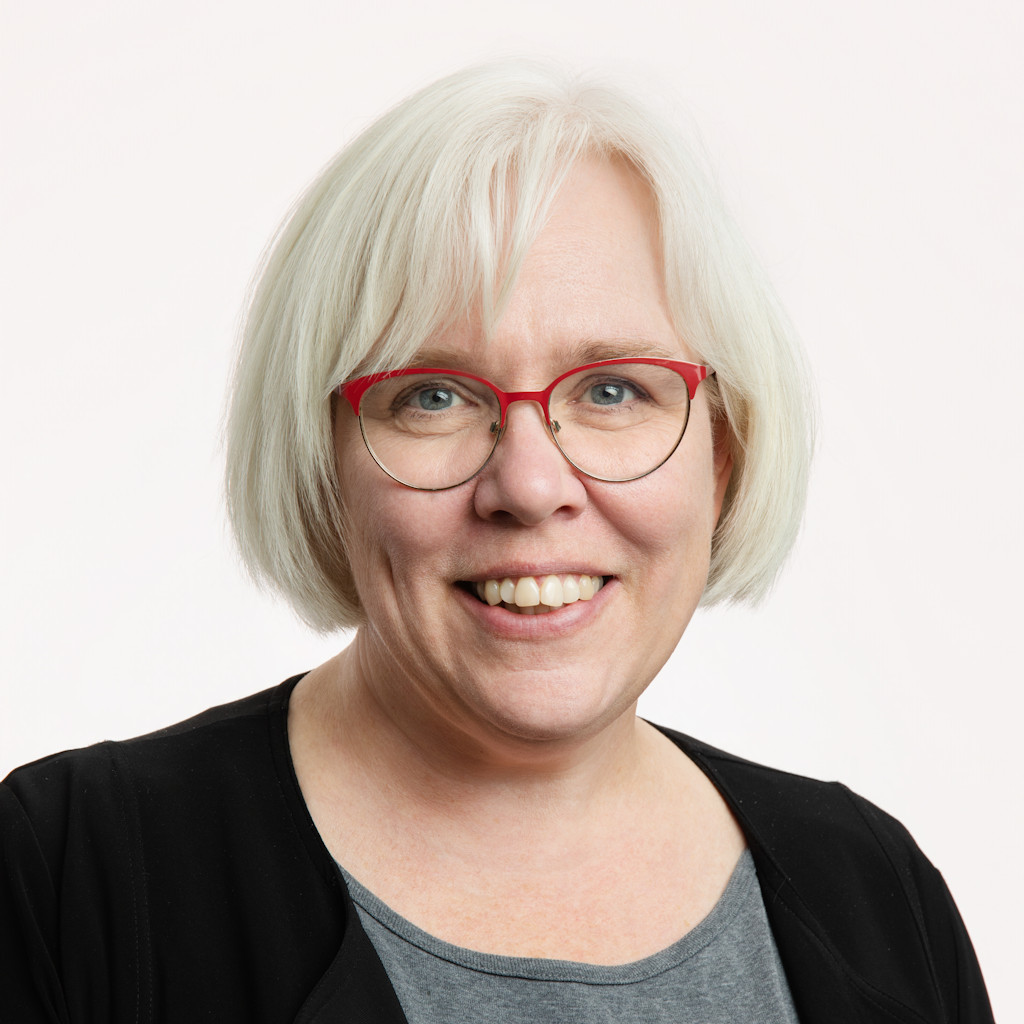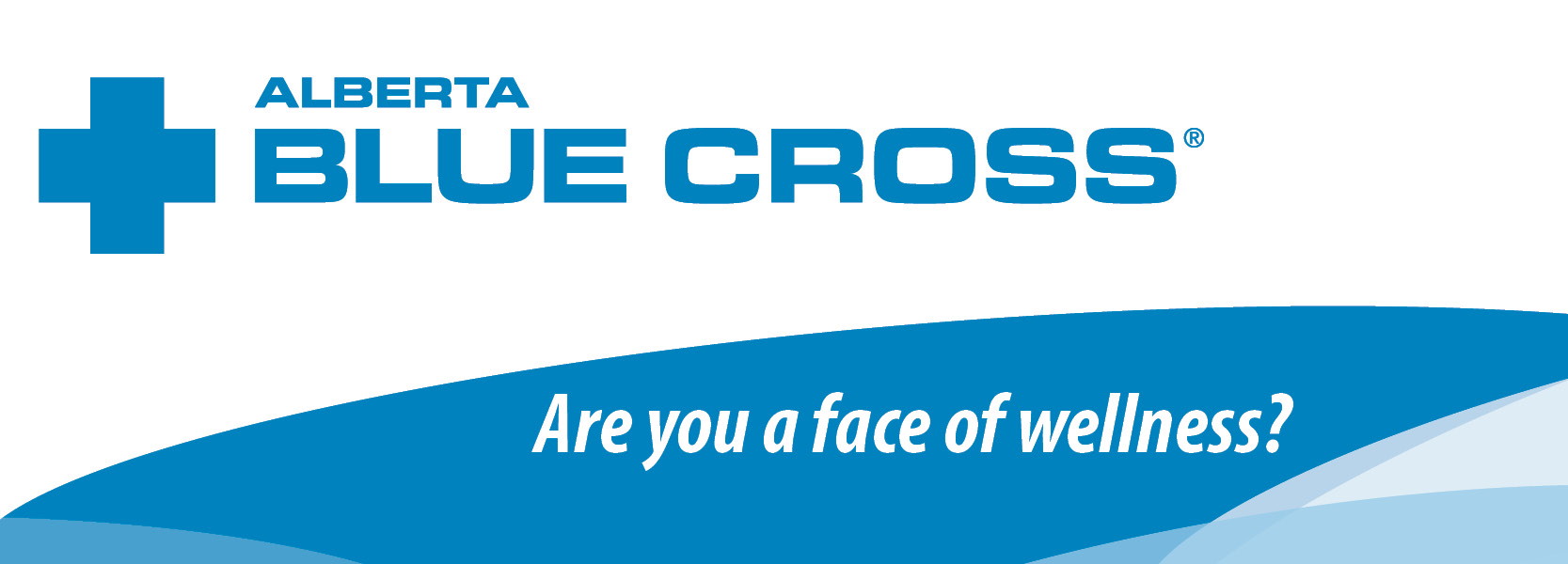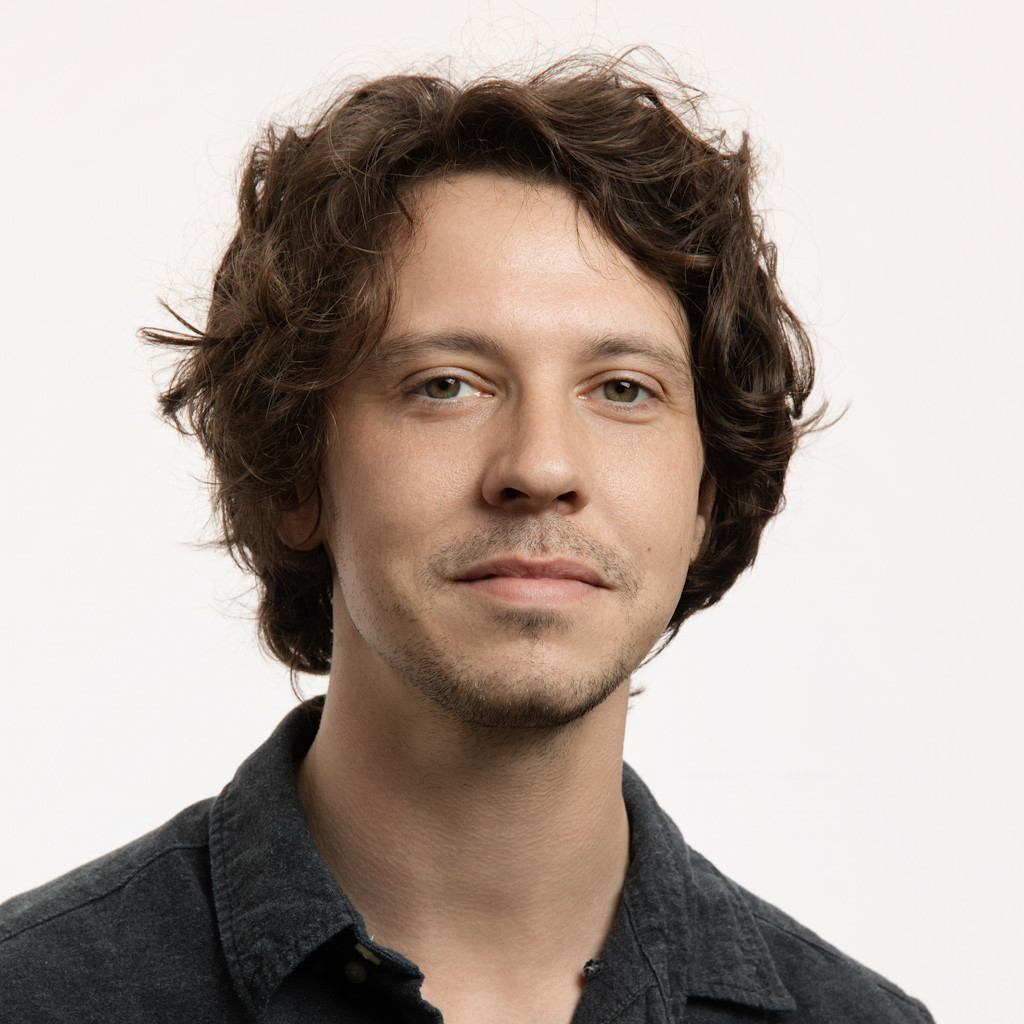
Umay gets ready to enter the Dragons' Den
By
 Karen Unland
Karen Unland
Umay has been busy preparing for what co-founder Sharmin Habib hopes is a flood of orders for Rest, a tool to improve sleep and eye health, following her appearance on the Sept. 15 episode of Dragons' Den with her brother and co-founder Ali Habib.
"It's been a whirlwind," she said of the lead-up to the release of their pitch on the long-running CBC show. "We're knee-deep in trying to prepare for that high exposure that we're anticipating ... But we're really excited to have the opportunity to share this story and just see how it resonates across a large audience."
The story begins about 10 years ago when Sharmin, who is an optometrist, diagnosed her brother with a chronic form of dry eye. "Go home and put a warm, wet towel on your eyes," she told him. "You're getting these blocked glands because you're looking at screens all day, and you're not blinking."
He didn't like her solution. "Most of my patients don't come back and complain like he did, but being my brother, he was candid," she told Taproot. "He shared with me that this is really inconvenient, it's messy, I don't know how people are going to do this."
They set about creating a product that would deliver heat, cooling, and vibration, with a better user experience that would be more likely to encourage users to rest their screen-tortured eyes.
Their entrepreneurial journey has included a collaboration with the Alberta Machine Intelligence Institute and a chance to be part of Batch 1 of the Alberta Accelerator by 500.






